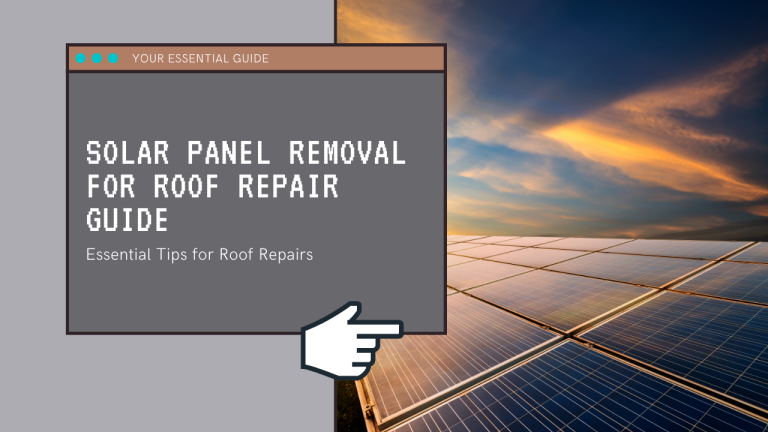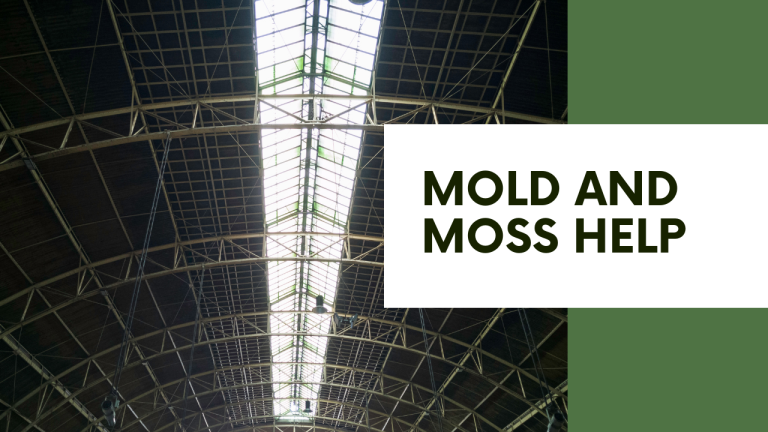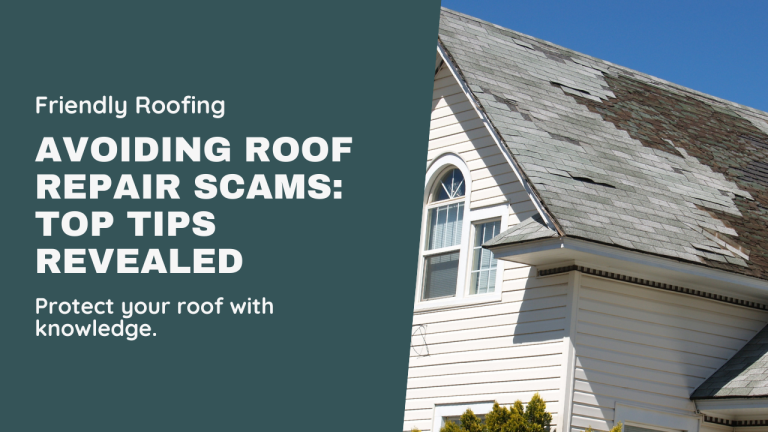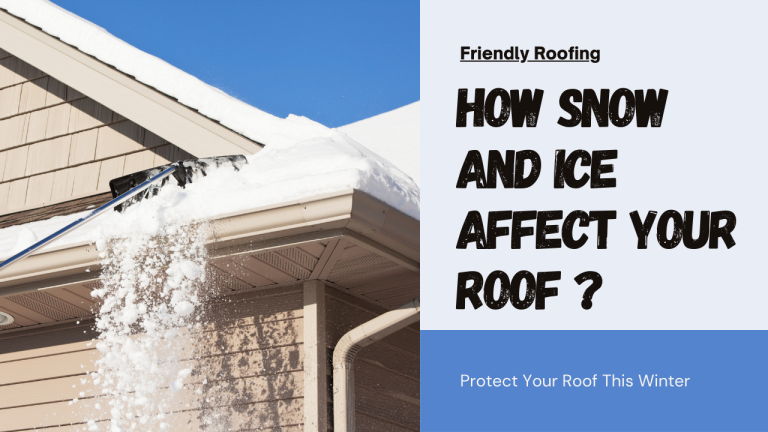Climate change is an undeniable reality that continues to impact various facets of our lives. From altering weather patterns to influencing ecosystems, its effects are far-reaching and profound. One often overlooked consequence of climate change is its impact on our roofs and, consequently, the increasing roof repair needs.
In this blog post, we will delve into the intricate relationship between climate change and the demand for roof repairs, exploring how rising temperatures, extreme weather events, and shifting patterns are reshaping the very structure that shelters us.
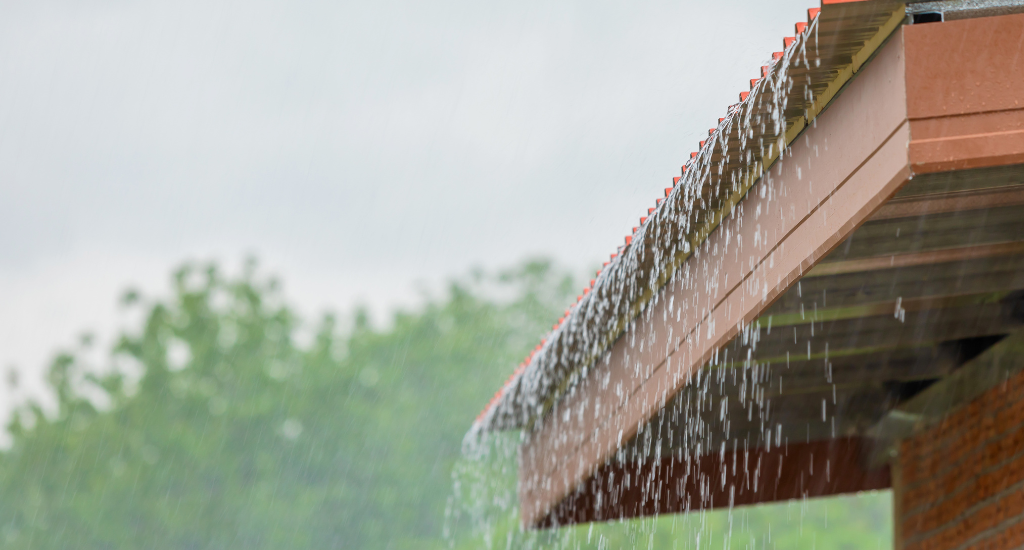
The Link Between Climate Change and Extreme Weather Events
Rising Temperatures and Its Implications
As global temperatures continue to rise, we witness a surge in the frequency and intensity of heatwaves. This poses a significant challenge to the longevity of roofing materials and structures. Prolonged exposure to high temperatures can lead to the deterioration of shingles, warping of materials, and the weakening of the overall roof structure. Homeowners find themselves facing unexpected roof repair needs as their roofs bear the brunt of these relentless heatwaves.
Changes in Precipitation Patterns
Climate change is not just about rising temperatures; it also entails alterations in precipitation patterns. Intense rainfall and flooding have become more prevalent, resulting in a host of issues for roofs. Leaks, water damage, and compromised structural integrity are common consequences. Homeowners are grappling with the aftermath of heavy downpours, realizing the urgent need for roof repairs to safeguard their homes from further damage.
The Role of Hurricanes and Storms
Increased Frequency and Intensity
Hurricanes and storms, fueled by warmer sea temperatures, are becoming more frequent and intense. These weather phenomena bring destructive winds and heavy rainfall, causing extensive damage to roofs. Homeowners in hurricane-prone regions are increasingly finding themselves in the crosshairs of nature’s fury, facing unprecedented roof repair needs as they strive to rebuild in the aftermath of these powerful storms.
Wind Damage to Roofs
One of the most visible impacts of hurricanes and storms on roofs is wind damage. Shingle loss, roof displacement, and structural damage are common outcomes. The need for immediate roof repairs becomes apparent as homeowners grapple with the aftermath of these extreme weather events. The resilience of roofing materials is put to the test, and the vulnerabilities exposed by powerful winds necessitate timely intervention to prevent further deterioration.
Shifting Weather Patterns and Roofing Materials
i. Traditional Roofing Materials vs. Climate-Resilient Alternatives
The changing climate has prompted a reevaluation of traditional roofing materials. Materials that were once deemed sufficient may no longer withstand the evolving weather patterns. Homeowners are increasingly turning to climate-resilient alternatives such as impact-resistant shingles, metal roofing, and advanced synthetic materials to fortify their homes against the onslaught of climate-related challenges.
ii. Adaptations in Construction Practices for Climate Resilience
As the demand for climate-resilient roofing materials rises, construction practices are adapting to incorporate these innovations. Proper insulation is now considered a crucial element in mitigating the impact of extreme temperatures. Additionally, weather-resistant roofing materials are being embraced not only for new constructions but also as replacements during roof repairs. This shift marks a pivotal step towards enhancing the durability and sustainability of roofs in the face of climate change.
Real-Life Examples of Climate-Related Roof Damage
The impact of climate change on roof repair needs is not a theoretical concept; it is a tangible reality witnessed in various regions. From coastal areas grappling with hurricane-induced damage to inland regions experiencing unprecedented rainfall, case studies offer a glimpse into the diverse challenges homeowners face. These real-life examples underscore the urgency of addressing climate-related roof repair needs on a global scale.
The Economic Impact of Climate-Induced Roof Repairs
i. Cost of Frequent Roof Repairs for Homeowners and Businesses
The frequency of roof repairs triggered by climate-related issues carries a substantial economic burden for homeowners and businesses alike. Repair costs add up quickly, straining financial resources and disrupting the economic stability of affected individuals and communities. The financial toll extends beyond immediate repair expenses, encompassing the indirect costs of displaced families, lost productivity, and strained insurance resources.
ii. Insurance Considerations and Changes in Policies
The surge in climate-induced roof repair needs has prompted insurers to reassess their policies. Homeowners may find themselves facing changes in coverage, premiums, and deductible amounts. Insurance companies are recalibrating risk assessments based on the increasing likelihood of weather-related damages. This shift underscores the need for proactive measures to mitigate climate-related risks and reduce the economic impact on homeowners and insurers alike.
iii. Long-Term Financial Implications for Communities and Governments
Beyond individual homeowners, communities and governments grapple with the long-term financial implications of climate-induced roof repairs. The cumulative impact on public infrastructure, emergency response systems, and community resilience necessitates strategic planning and investment. Governments are faced with the challenge of devising sustainable policies to address the evolving landscape of roof repair needs in the wake of climate change.
Mitigation and Adaptation Strategies
i. Importance of Proactive Roof Maintenance
Proactive roof maintenance emerges as a critical strategy to mitigate the impact of climate change on roof repair needs. Regular inspections by professional roofers like Friendly Roofing in South Florida, timely repairs, and the adoption of preventive measures can significantly extend the lifespan of roofs. Homeowners who invest in routine maintenance are better equipped to address minor issues before they escalate into major repair projects.
ii. Incorporating Climate-Resilient Materials in New Constructions
New constructions present an opportunity to integrate climate-resilient materials from the outset. By prioritizing the use of impact-resistant shingles, durable roofing membranes, and advanced insulation, homeowners can future-proof their homes against the challenges posed by climate change. This proactive approach not only minimizes future repair needs but also enhances the overall resilience of the built environment.
iii. Government Policies and Incentives for Climate-Resilient Roofing
Governments play a pivotal role in shaping the response to climate-induced roof repair needs. Implementing policies that incentivize the use of climate-resilient materials, offering tax breaks for eco-friendly roofing solutions, and fostering research and development in this domain can collectively contribute to a more sustainable and resilient housing infrastructure.
The Role of Homeowners in Addressing Roof Repair Needs
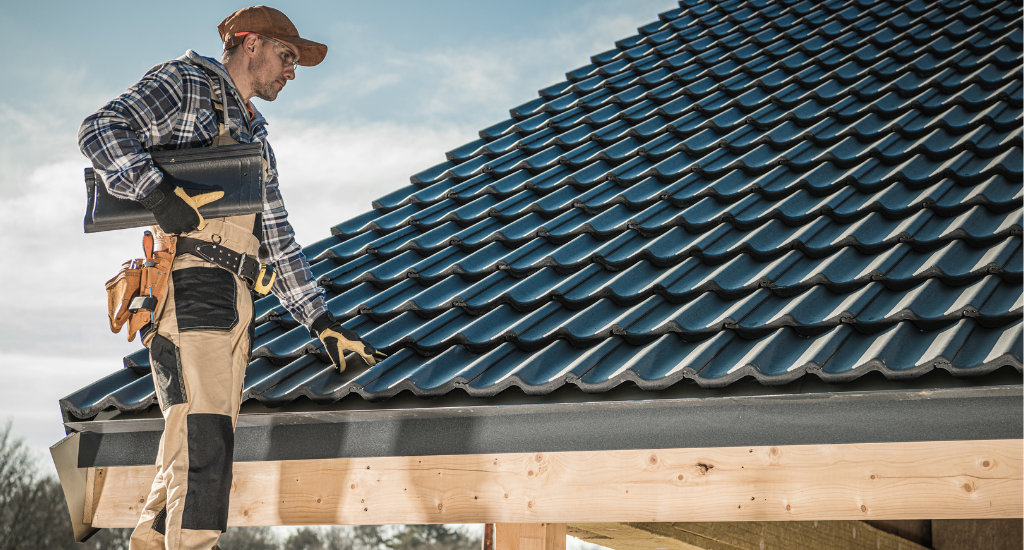
i. Regular Roof Inspections and Maintenance
Homeowners are the first line of defense against climate-induced roof damage. Regular roof inspections, especially after extreme weather events, can help identify potential issues before they escalate. Routine maintenance, including cleaning gutters, trimming overhanging branches, and inspecting for loose or damaged shingles, is crucial in preventing the need for extensive roof repairs.
ii. Quick Response to Minor Damages to Prevent Major Issues
Prompt action in response to minor damages is key to preventing major issues. Small leaks, missing shingles, or damaged flashing should be addressed promptly to avoid exacerbation of the problem. Homeowners who prioritize immediate repairs save both time and money in the long run, minimizing the likelihood of extensive damage that requires significant financial investment.
iii. Investing in Climate-Resilient Roofing Solutions
As homeowners face the reality of climate-induced roof repair needs, investing in climate-resilient roofing solutions becomes a wise and forward-thinking choice. While the initial cost may be higher, the long-term benefits in terms of durability, reduced repair needs, and increased energy efficiency make these investments financially sound. Homeowners who proactively choose resilient roofing solutions contribute to the overall resilience of their communities.
Future Outlook and Challenges
Predictions for the Future Impact of Climate Change on Roof Repair Needs
Looking ahead, predictions for the future impact of climate change on roof repair needs suggest an ongoing challenge for homeowners, businesses, and governments. The increasing frequency and severity of extreme weather events necessitate a continuous reassessment of construction practices, roofing materials, and emergency response mechanisms.
Ongoing Challenges and Areas for Further Research
Ongoing challenges in addressing climate-induced roof repair needs highlight the need for further research and innovation. Researchers, architects, and policymakers must collaborate to develop solutions that not only repair existing damages but also prevent future issues. From sustainable roofing materials to innovative construction techniques, the field presents ample opportunities for advancements that can reshape the way we approach roof repair needs in the face of climate change.
Building Resilience for the Future By Addressing Roof Repair Needs Induced By Climate Change
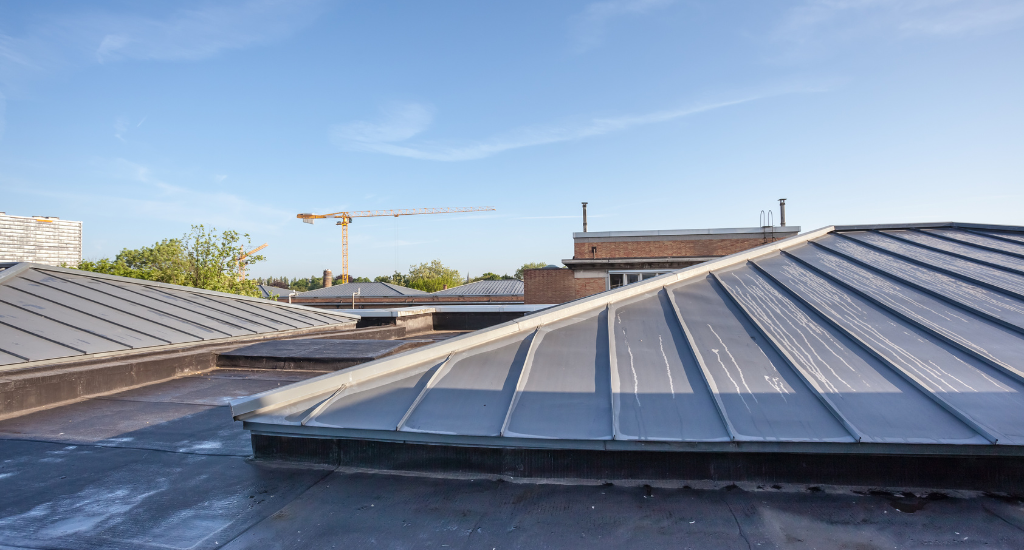
In conclusion, the impact of climate change on roof repair needs is undeniable and multifaceted. Rising temperatures, extreme weather events, and shifting patterns are reshaping the very foundations that shelter us. The economic implications are significant, prompting individuals, businesses, and governments to adopt proactive measures. Mitigation and adaptation strategies, coupled with the role of homeowners in addressing minor damages, offer a pathway towards a more resilient future.
As we navigate the challenges posed by climate change, it is crucial to recognize the interconnectedness of our built environment with the natural world. By understanding the link between climate change and roof repair needs, we can collectively work towards sustainable solutions that protect our homes, communities, and the planet for generations to come.

